Deck & Commander Strategies

Kumena, Tyrant of Orazca
Builds a board of Merfolk creatures that grow through +1/+1 counters and token generation, leveraging tribal synergy and card advantage to overwhelm opponents.
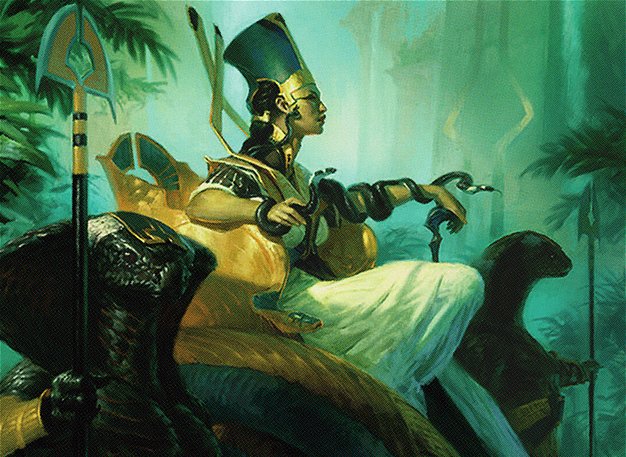
Hapatra, Vizier of Poisons
Uses -1/-1 counters to create deathtouch snake tokens, applying poison counters to opponents and controlling the board with removal and sacrifice effects.

Aurelia, the Warleader
Focuses on aggressive combat with angels and utilizes extra combat steps to deal multiple rounds of damage, aiming to quickly reduce opponents' life totals.
Gameplay Insights
- 1
The snake deck’s use of -1/-1 counters to generate deathtouch tokens created a consistent defensive and offensive threat, allowing incremental poison counter application.
- 2
Aurelia’s ability to grant an additional combat step was a critical turning point, enabling multiple attacks that applied significant pressure on opponents.
- 3
The Merfolk deck's token generation combined with proliferate effects maintained board resilience and card advantage despite aggressive plays from other decks.
- 4
Players carefully chose attack targets to avoid helping the leading player, illustrating the political dynamics of multiplayer Commander games.
- 5
Sacrificing snake tokens to draw cards via Village Rites was an effective way to maintain hand size and sustain pressure.
Notable Cards
-

Hapatra, Vizier of Poisons
-

Kumena, Tyrant of Orazca
-
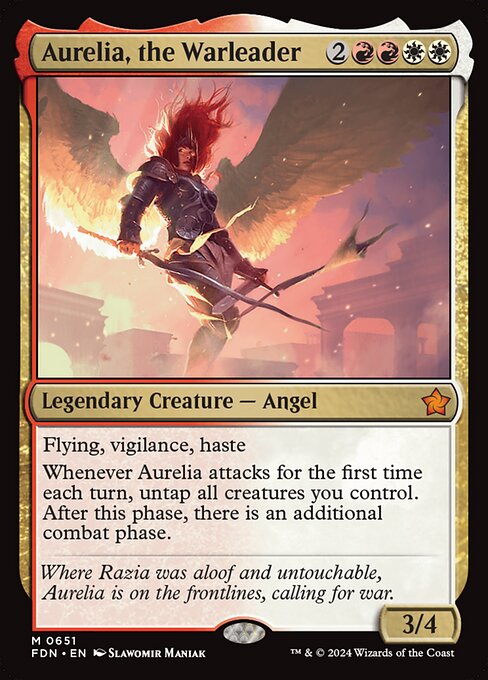
Aurelia, the Warleader
-
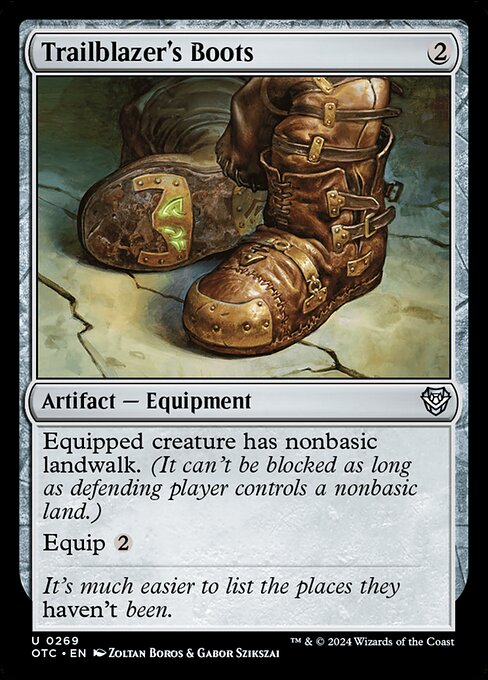
Trailblazer's Boots
-
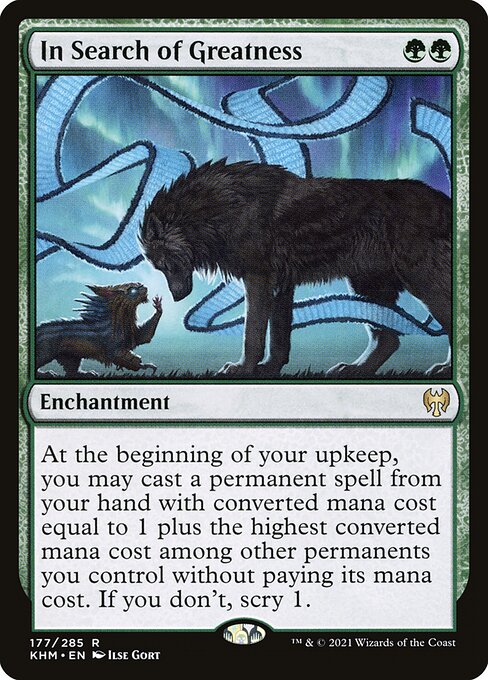
In Search of Greatness
-
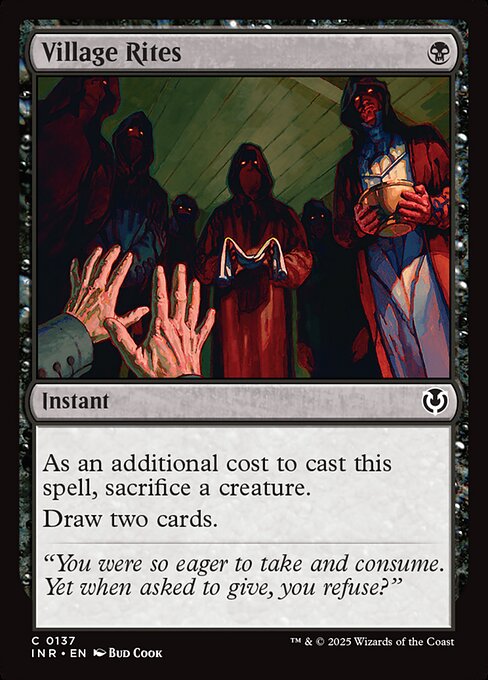
Village Rites
Gameplay Summary
The game featured three distinct decks: a Merfolk tribal/control deck focusing on growth and board presence, a -1/-1 counters and deathtouch snake tribal deck, and an aggressive angel deck centered on extra combat steps.
Early turns saw players developing their boards, with the snake deck leveraging -1/-1 counters to produce deathtouch snake tokens, gradually applying pressure through poison counters and creature control.
The Merfolk deck utilized synergistic cards to generate tokens and gain card advantage, aiming to outvalue opponents over time.
Meanwhile, the angel deck prepared for a powerful offensive using extra combat steps to overwhelm opponents with multiple attacks. A pivotal moment occurred when the angel deck activated its commander’s ability to grant an additional combat step, enabling multiple waves of attacks that significantly pressured other players.
The snake deck capitalized on death touch and poison counters, slowing opponents while creating a defensive front.
The Merfolk deck responded with token generation and proliferate effects, maintaining board presence and leveraging synergy to sustain itself.
The game demonstrated careful targeting decisions and tactical trading, with the snake deck using sacrifice and removal to manage threats and the angel deck focusing on maximizing combat damage.
Ultimately, the interplay of additional combat phases, poison counters, and incremental board development defined the game’s flow and tension.























![Commander VS S7E4: Hapatra vs Samut vs Temmet vs Neheb [MTG] thumbnail](https://i.ytimg.com/vi/oZSx_7WMoTE/sddefault.jpg)
















